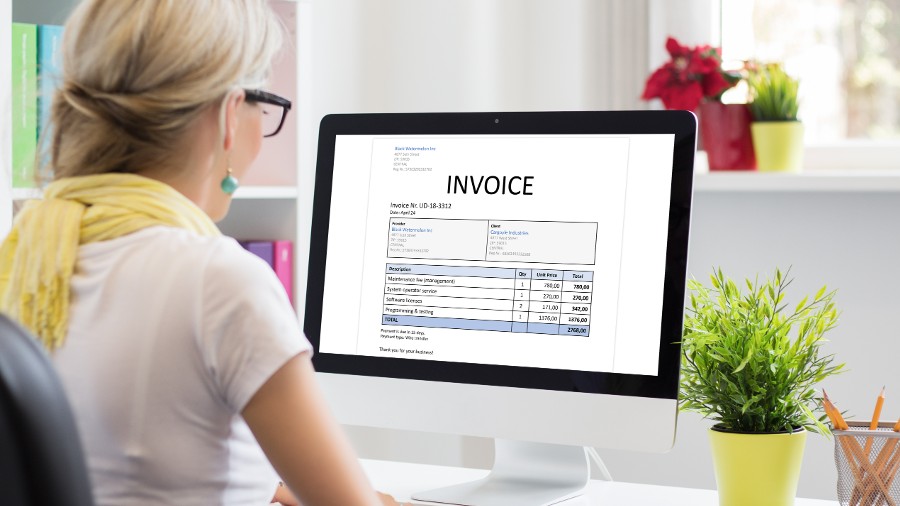The benefits of e-invoices
Some of the biggest benefits of e-invoicing include:
Automation
Because e-invoices are automatically generated, you don’t need to spend time manually creating and sending invoices each week or month. This can be a huge time-saver, particularly for business owners with a high volume of customers or orders that require separate invoices.
Faster payment
E-invoicing makes payment as easy as possible for customers. Many e-invoicing solutions include a ‘pay now’ option, which means the customer can pay their invoice with the click of a button.
On top of this, e-invoices exchange invoice data directly from computer to computer. This means there’s no middleman involved in getting the invoice from biller to sender, speeding up the payment process.
Reduced risk of errors
To be legally enforceable and tax-compliant, an invoice must contain specific information such as:
- Contact information for both your business and your customer
- An itemised list of the products or services provided
- An invoice ID or invoice number
- Payment terms and due dates
- The total amount due, including any applicable tax
This is a lot to think about and needing a human to input all the necessary details creates the potential for errors.
With e-invoices, businesses can automatically exchange invoices between their accounting systems, removing the need for manual data and minimising the chance of errors.





